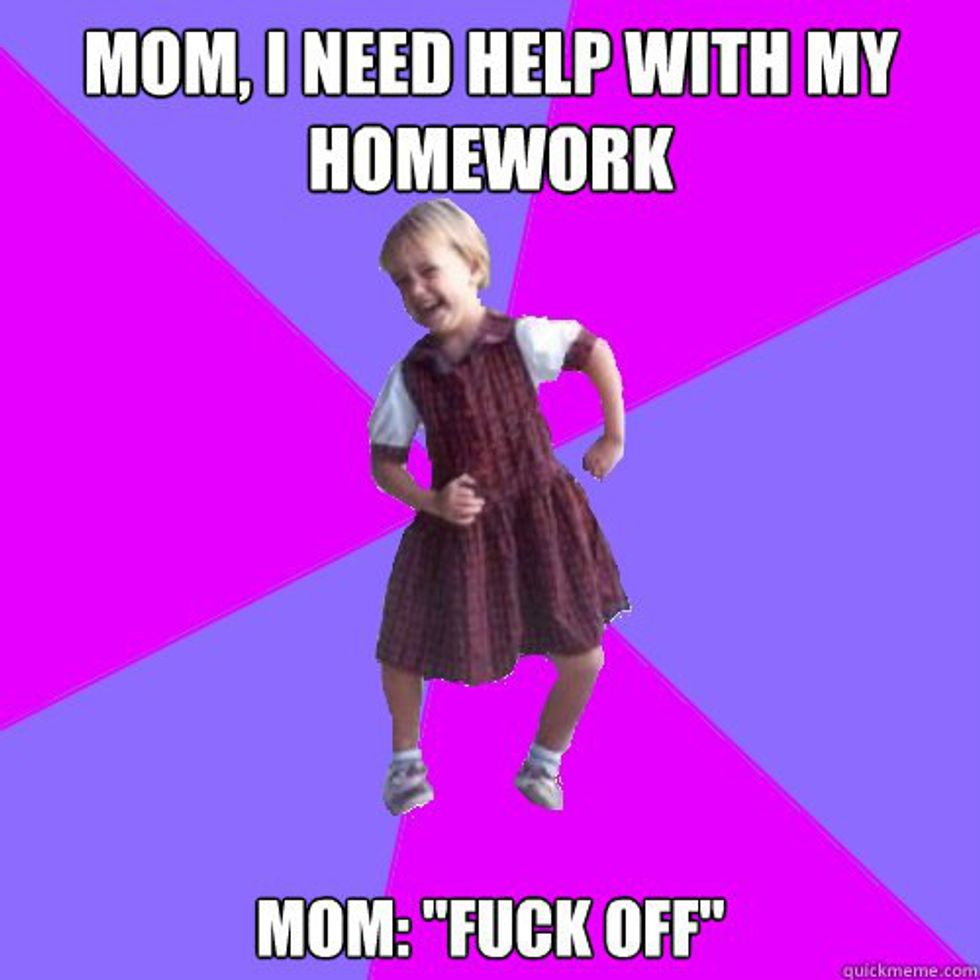Whether it is in the news or social media, negativity seems to be everywhere these days. Tragic incidents, accidents, celebrity bashing, diss tracks, roast challenges — you name it. While exposure to negative content is inevitable and important for awareness, it is the fact that humans love it that I find interesting. In a world filled with smartphones and rampant with tragedies, we simply cannot stay away from capturing or consuming negativity even though we know deep down it is bad.
It has been reported that there are about 17 negative news reports for every positive one in the media. Evolutionary psychologists and neurologists say that because our brains evolved in hunter-gatherer environments, we immediately attend to anything dramatic and threatening for the sake of our survival.
Another explanation is the probability theory which suggests that the probability of unusual/tragic events happening in large cities compared to local neighborhoods is higher. Becuase the media focuses on large-scale cities, the prevalence and distribution of negative content increase greatly.
Researchers find that a negativity bias exists, in which people have a desire to hear bad news. This bias exists mainly because people tend to believe that they are “above-average” and that the world is a much better place than it actually is. Thus, when bad news comes out, they give it more attention. The brain has increased sensitivity to bad news as opposed to good news. In other words, an insult stings more than a compliment, unpleasant feelings linger longer than positive ones, and scary headlines overshadow good ones. Thus, despite the presence of all the good in this world, the negativity sticks out like a sore thumb.
In specific, I want to focus on the vastness of negative content online, mainly YouTube. Whether it roasting other YouTubers, hating on celebrities, or capturing another person’s pain, there is plenty of negativity out there. What is concerning is that these are the videos that trend and gain the most attention. If a video is circulated rapidly on the Internet, it is defined to be viral.
In April 2016, a 16-year-old girl named Amy Joyner-Francis was beaten to death by three girls in a high school bathroom. Dozens of other girls simply stood by and watched the violent encounter unfold. Some even chose to record it, rather than intervene. Click here to read more about this incident.
How sad is that?! Is the chance to create a viral video worth risking someone else’s life?
Research shows that negative videos can become viral because they trigger high arousal emotions like anger and disgust. Videos bashing celebrities and capturing accidents/fights gain attention because of the immediate response the viewer experiences.
However, there is an incentive for positive videos as well. Another component in virality is dominance — when you feel in control of your emotions. For example, a high dominance emotion is happiness, whereas a low dominance emotion is fear. Thus, videos that elicit high dominance feelings, such as happiness, admiration, and love have been proven to trend. Trending videos like “In A Heartbeat," " To Our Daughter," and “Grace VanderWaal: 12-Year-Old Ukulele Player Gets Golden Buzzer – America’s Got Talent 2016” promote positivity and inspiration.
In the long run, creating positive content is far more impactful. Think about it. Once the short-lived relevance of a negative video dies out, it is quickly forgotten. This is because negative content is solely remembered for its content, whereas positive content has a lasting impression. Another point to mention is that it may seem like the world is getting worse and worse, but it's not necessarily true. Bad news takes place rapidly and elicits quick emotions, whereas good news occurs over a larger span of time. Therefore, our media may seem saturated with bad news, but that is because its occurrence and remembrance are more pronounced than those of good news.
And the misconception that it is impossible to trend without negativity is just false. Whether it is #DamnDaniel, Gangnam Style, Despacito, or Carpool Karaoke, these videos have managed to become viral without promoting any negativity.
It is impractical to hope that negative content will cease to exist because there will always be an audience for it. However, if people make an effort to resist watching and sharing these types of videos, then people will be less encouraged to record such content. So, while it is tempting and contagious to focus on negativity, do not bash what you hate. Instead, promote what you love.





















